Bringing home a new kitten is undoubtedly an exciting time! However, it’s also a big commitment. Amongst all the excitement, it’s important to remember the importance of proper socialization. Getting it right in that first week will make your (and your kitten’s) life much easier and less stressful going forward.
So, let’s take a look at 7 important things you can do in the first 7 days of bringing your kitten home, so they’re properly socialized:
- Create a safe space
- Create a routine
- Gradually introduce human interaction
- Introduce other pets
- Gently play with them
- Give them space to explore
- Book a veterinary check
Also in this article:
1. Acclimatization: Create a Safe Space
Leaving their Mum and littermates is a big step for a young kitten, so it’s critical that you allow them the first few days to acclimatize to their new home. Creating a quiet, ‘safe-space’ is ideal, so they don’t feel too overwhelmed. This involves setting up one room as their own, which no other pets (or people) have access to. Make sure the room is ‘kitten-proof’: closed windows, no ornaments or breakable objects, no hazardous materials (such as medicines, poisonous plants or cleaning products), no exposed cables, and avoid long curtains which they could be tempted to climb!
In their safe space, you’ll need:
- A litter tray in a quiet corner
- A food bowl away from the litter tray, and a water bowl in a separate area again (it’s a little-known fact that cats don’t like to eat and drink in the same area!)
- A comfy bed
- A hiding place (which can be as simple as a cardboard box!)
- A scratching post.
Placing a blanket from the breeder’s home in their bed can help them settle by providing familiar smells. A cat pheromone plug-in can help with acclimatization, too.
As tempting as it is to cuddle and play with your new kitten right away, it’s important to let them settle in first! You can spend time with them in their safe space in those first few days, but just sit quietly with them and let them come to you if they wish.
2. Create a Routine
Cats enjoy consistency, so try to stick to the same feeding and litter change times each day. To start with, it’s best to stick to the same food and litter type that they were used to with the breeder. If you wish to change kitten food after a couple of weeks, you will need to do so slowly, gradually introducing the new food over at least a week. A sudden change in diet can cause diarrhea and even nausea.
Creating a routine also means acclimatizing the kitten to your own routine. For example, everyday activities and noises such as vacuuming, and which times you tend to be out of the house.
3. Human Interactions
When you first bring your kitten home, spend time at floor level in the same room as them, so you aren’t towering over them. Offer an outstretched hand for them to sniff, and let them rub themselves up against you. Your kitten may hide initially; let them! Don’t be tempted to force them out. It’s important to let them set the pace. Just like people, all kittens are individuals. Some will be shy initially, while others may be bold as brass!
Kids will naturally be especially excited to interact with their new kitten. It’s safest to allow your kitten a couple of days to feel comfortable with you as their primary carer before introducing any children. Ask your kids to be quiet, gentle, and calm initially. Reassure them that their new kitten will love playing with them once they have had time to settle. Remind your kids never to wake a sleeping kitten; they need their rest!
Over time, you will need to acclimatize your kitten to being handled and groomed, but there is plenty of time for that. It’s not a good idea to try this in the first 7 days, or your kitten is likely to become overwhelmed.
4. Introduce Other Pets
By interacting with your other pets and then your new kitten, you will have already allowed for ‘scent swapping’. This means your kitten will have smelled the scent of your other pets on you, and vice versa. This allows all pets to associate the other pet as part of their household.
Initial introductions with other pets should be through visual contact. This is best done when your pets are fed, exercised, and calm. Allow your pets to see each other through a physical barrier such as a stair gate or glass door. Offering treats to both sides during this encounter can help to ensure it’s a positive experience for all.
Once your pets are comfortable seeing each other, you can allow supervised contact. Start with a little and often, gradually increasing the time spent together.
At any stage, you should never punish unwanted reactions, since this can set up a negative association for future interactions. Instead, distract the instigator, end the encounter, and try again later.
5. Play
The part you’ve been looking forward to! Play is essential for a kitten’s physical and mental well-being, as well as for teaching them appropriate social interactions. Use kitten-safe toys to play chasing games, always allowing your kitten to eventually catch the toy, to avoid frustration.
You should never allow your kitten to use your hand as a toy. After all, this won’t seem so cute when their adult teeth come through! It can lead to inappropriate aggressive play with both people and other animals. If your kitten does try to ‘catch’ your legs or nip at your hand, redirect the behaviour to a suitable toy.
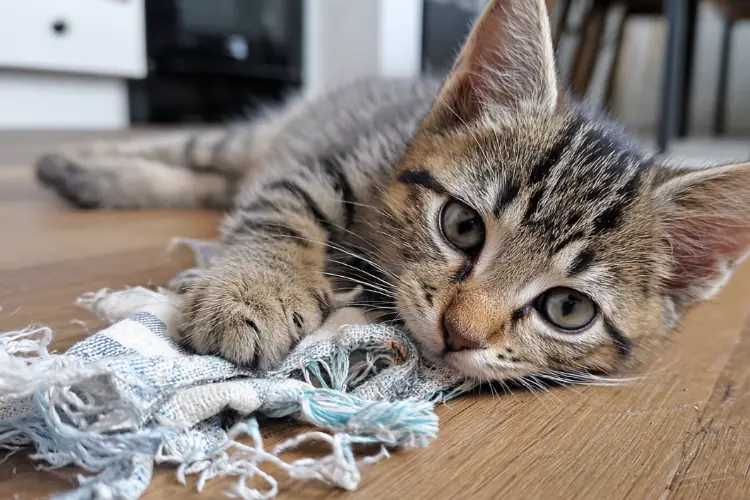
6. Exploring
Once your kitten is comfortable in their safe space, they can begin exploring the rest of the house. This should be gradual and supervised. Don’t try to rush things! Once they have explored all areas under supervision, you can start to allow unsupervised free roaming. It’s a good idea to start with short periods initially, with breaks in their safe space in between. This prevents your kitten from becoming overwhelmed.
7. Book a Veterinary Check
Even if your kitten has been to a vet with their breeder, it’s safest to take them for a check-up yourself. This will give you peace of mind that your kitten is healthy and is receiving all the preventative health care that they need. It also helps acclimate your kitten to the veterinary clinic. Your veterinarian will be able to answer any questions you may have about diet or any behavioral concerns.
The Importance of Socialization
Socialization is the process by which kittens learn about the world around them, including what is safe, what is scary, and how to interact with people and other pets. It involves gradual, secure, calm introductions to different places, people, pets, and sounds they will encounter in everyday life.
The key socialization period for kittens is from around 2 to around 10 weeks of age. That means a lot of socialization should have happened at the breeder’s home. It’s best to check with the breeder what your kitten has (and hasn’t) been exposed to already, so you can build on this. However, it’s important to note that socialization doesn’t end at 10 weeks, as they will continue to build on new experiences as they grow into adulthood.
Proper socialization is the key to allowing your kitten to grow into a confident, happy, and healthy adult cat.
Before Your Kitten Arrives
Preparation (and patience!) is key for a smooth transition into your home life. Before your kitten arrives, make sure you have everything they will need. Here’s a handy shopping list to get you started:
- Cat carrier
- Comfy bed
- Separate food and water bowls
- Kitten food
- Litter tray
- Cat litter
- Scratching post
- Toys
- Kitten brush
It’s also a good idea to have a kitten toothbrush and toothpaste set ready for when your kitten has fully settled in. The younger you start, the more likely your kitten will accept you brushing their teeth.
Next, prepare your home! Move any hazardous or poisonous substances well out of reach. You may wish to install a cat flap too, ready for when your kitten is allowed outside. This can be noisy, so it’s best done before your kitten arrives.
Finally, it’s sensible to register your kitten with your chosen local veterinary clinic before they arrive home. That way, should you need them in an emergency, you are ready to go. If you are going to take out pet insurance for your kitten, it’s a good idea to have it in place ready for your kitten’s arrival. You’d be surprised what can go wrong in those first few days, so you may need it sooner than you think!
Take-Home Message
Preparation, patience, and consistency are key for a smooth transition! Allow your kitten a few days to acclimatize in a dedicated ‘safe-space’, set up especially for them. After this, supervised, gradual introductions to new places, people, and pets will help your kitten feel more confident in their new home.
Does your cat provide emotional support?
Work with a licensed professional to get a legit ESA letter in your state.
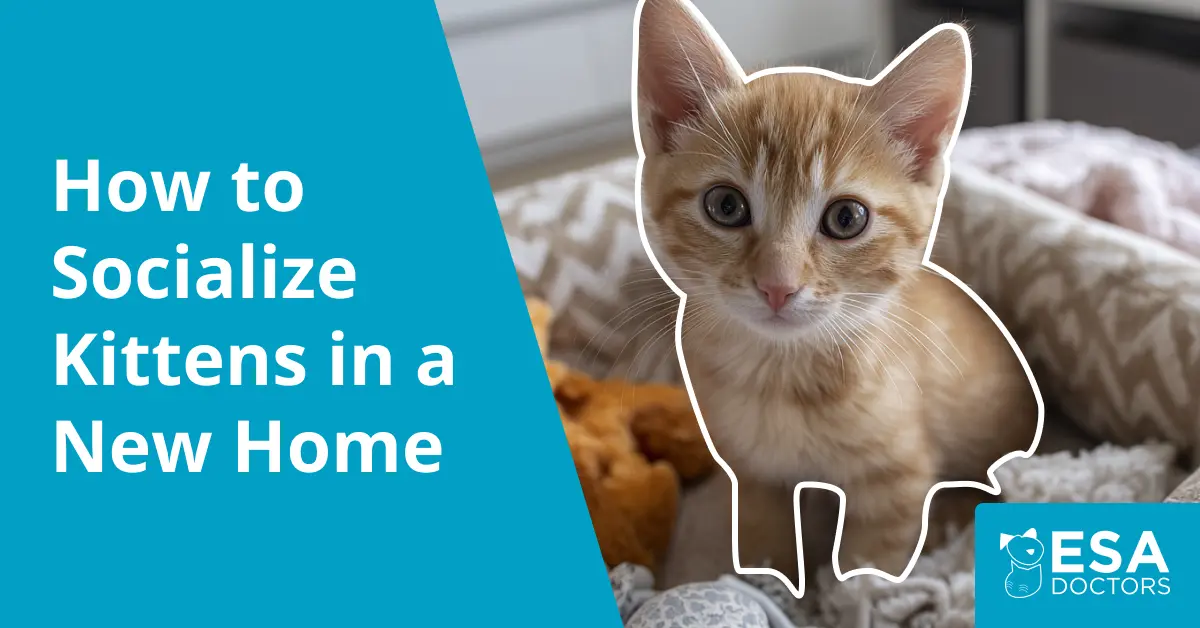
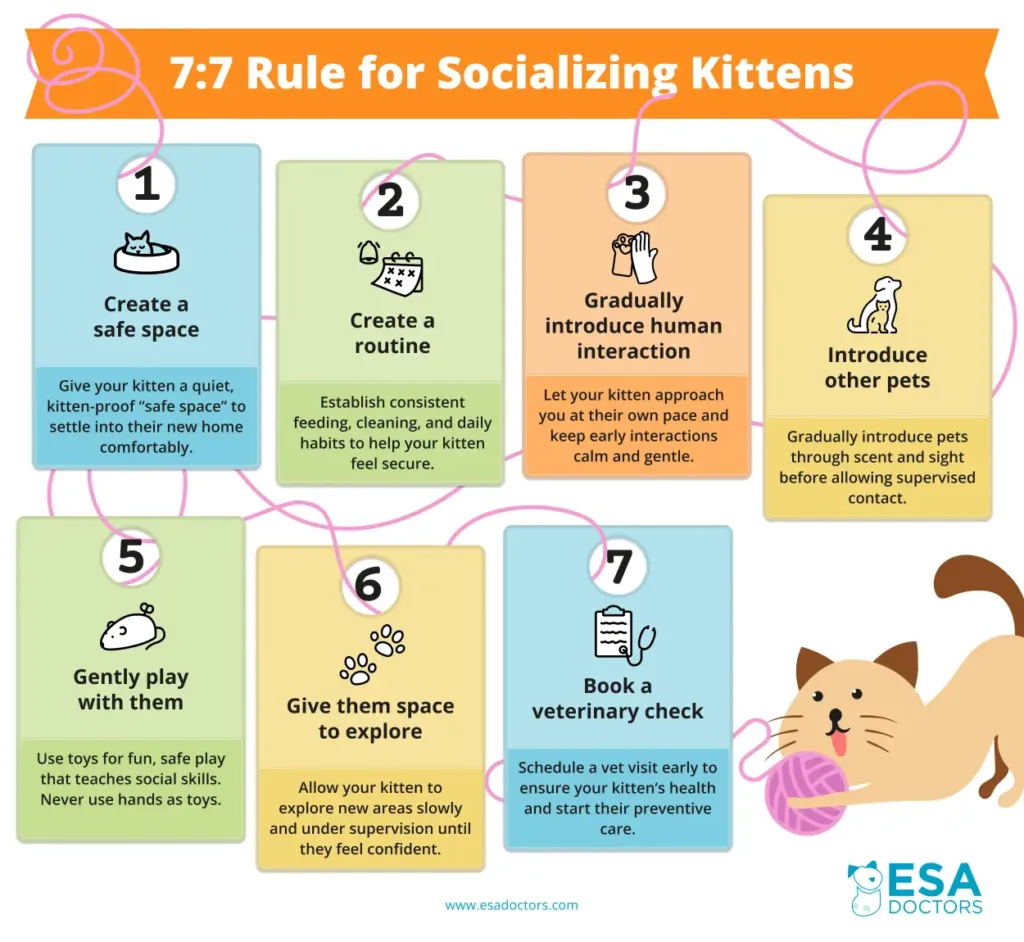

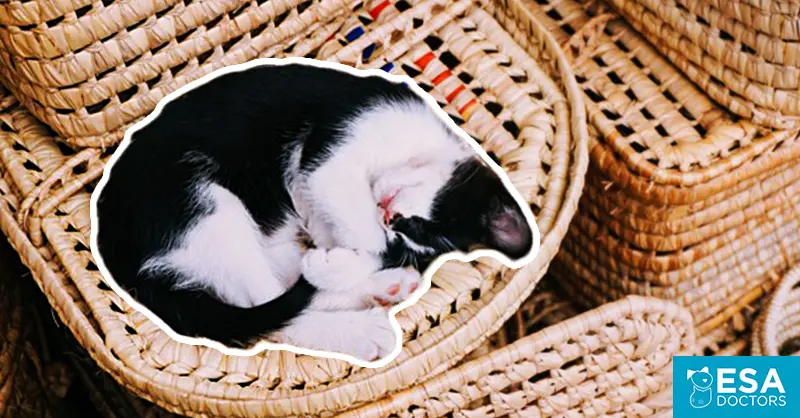
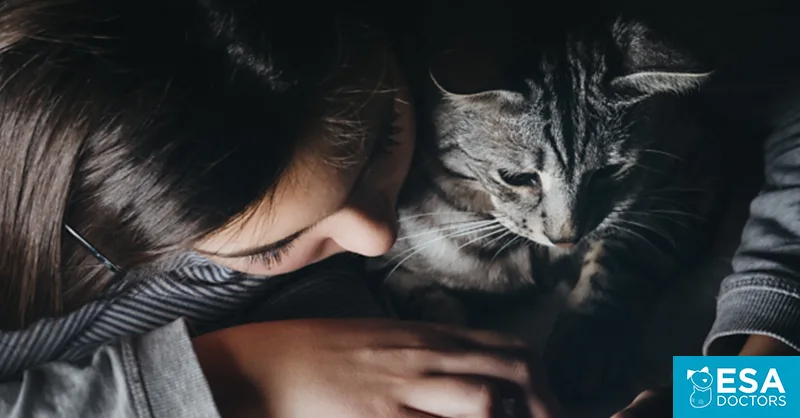
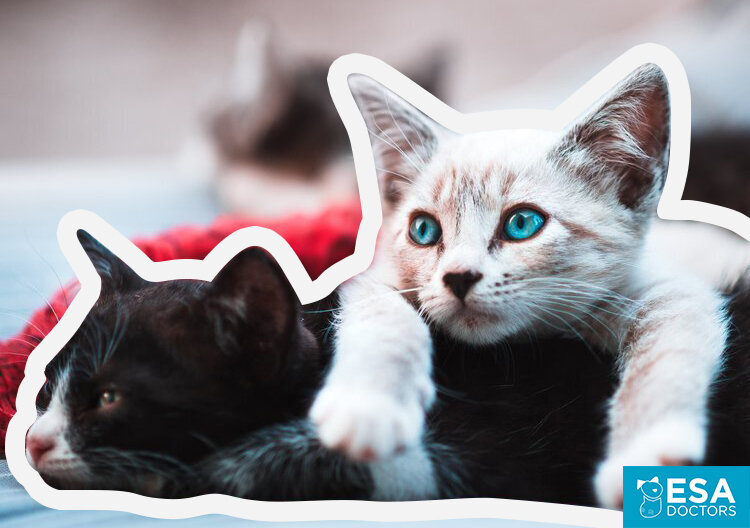
Leave a Comment